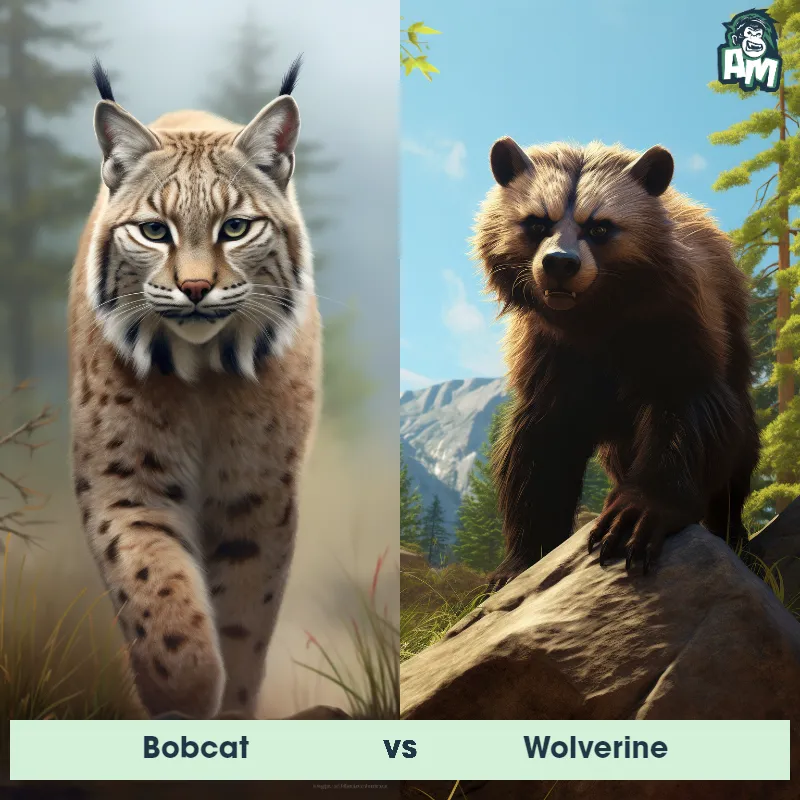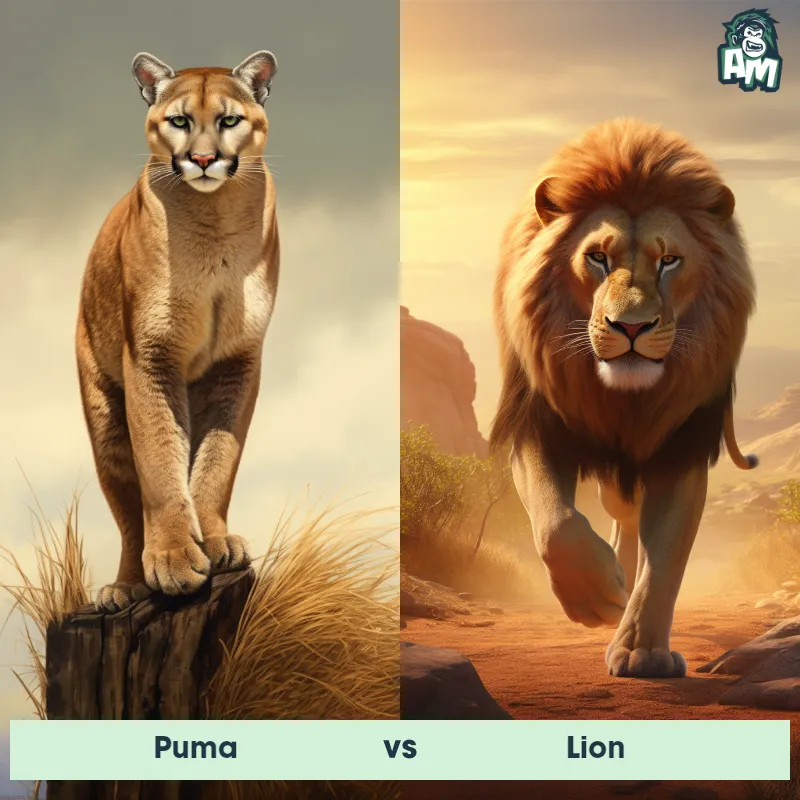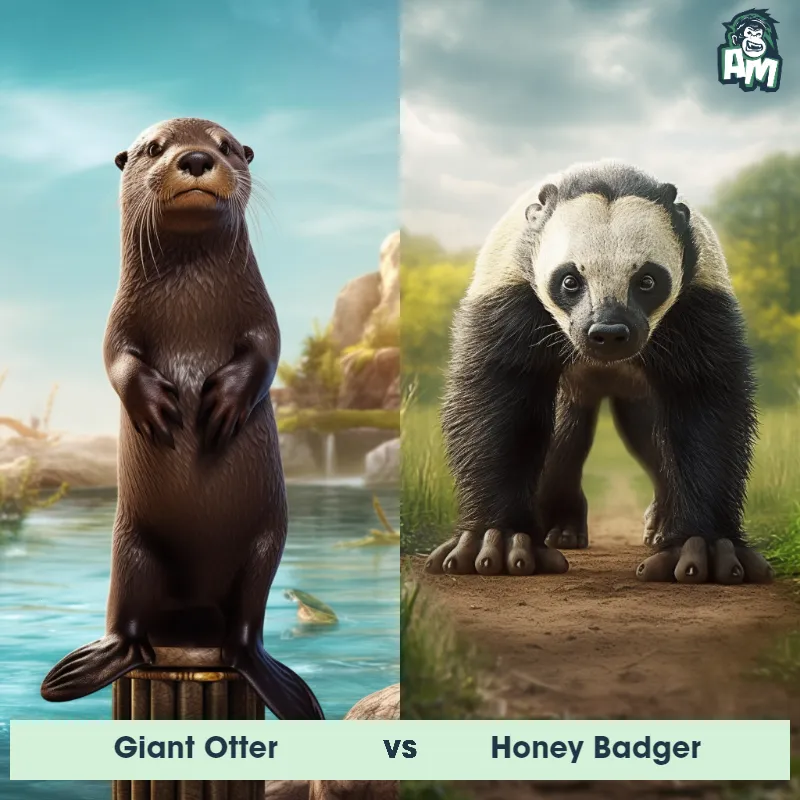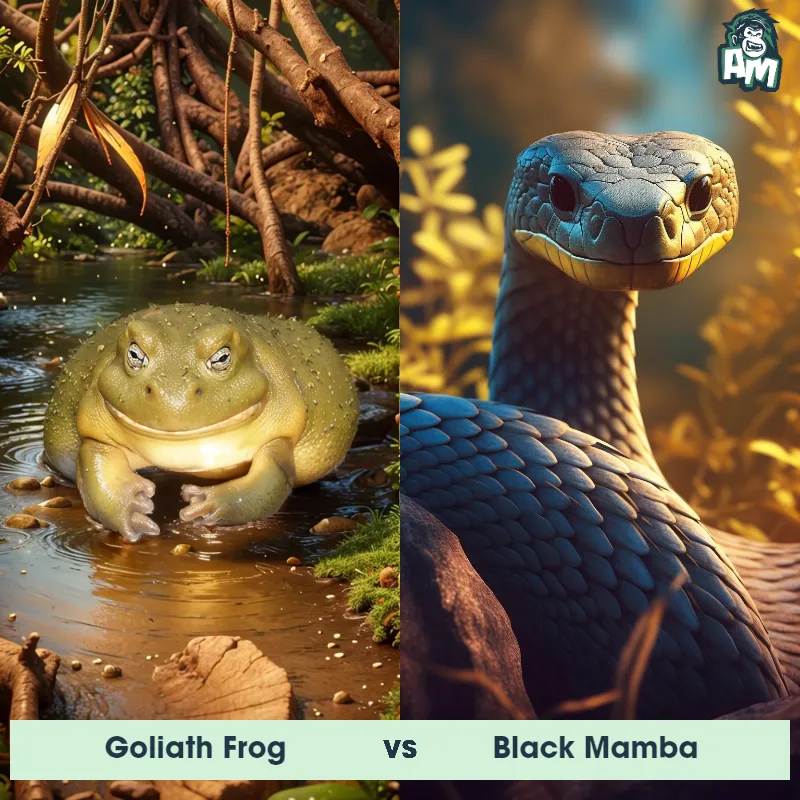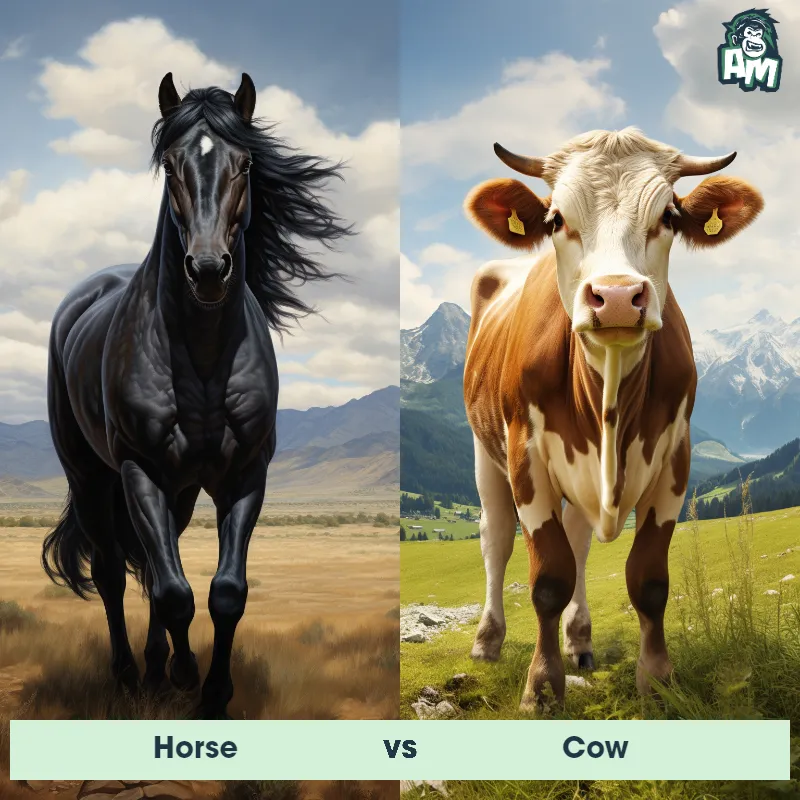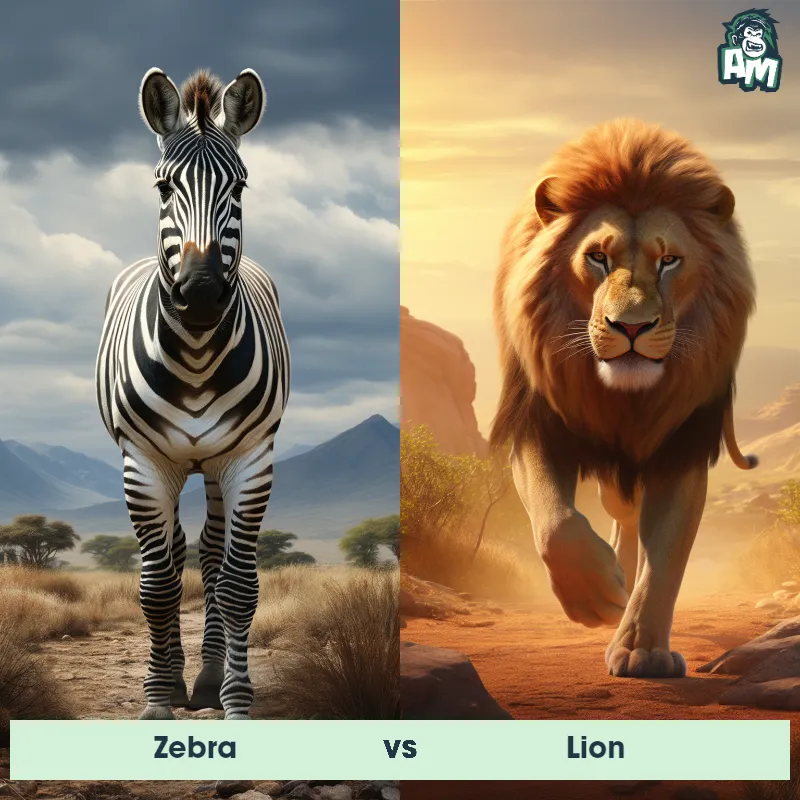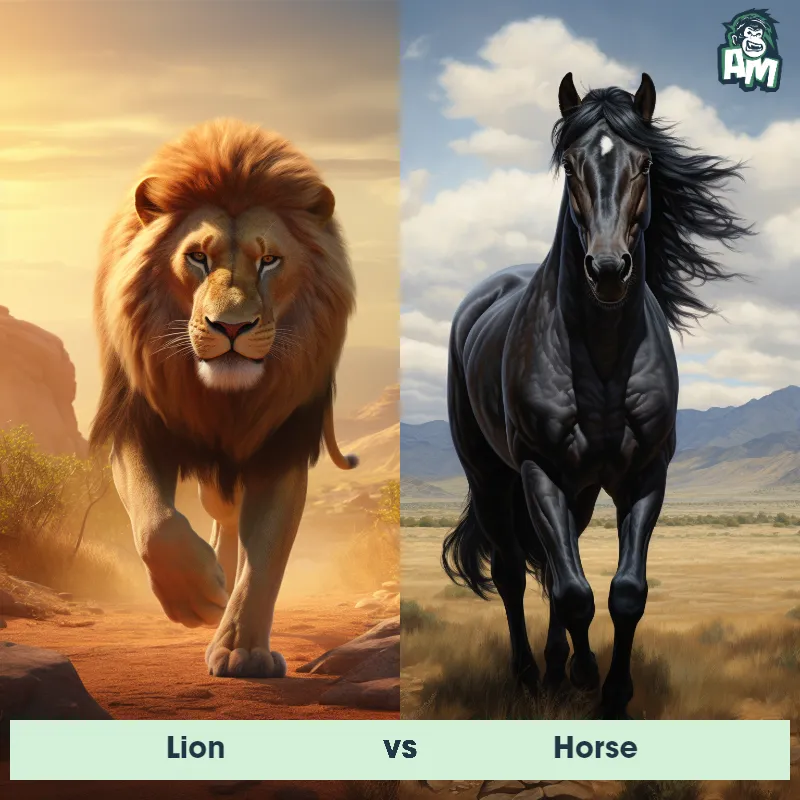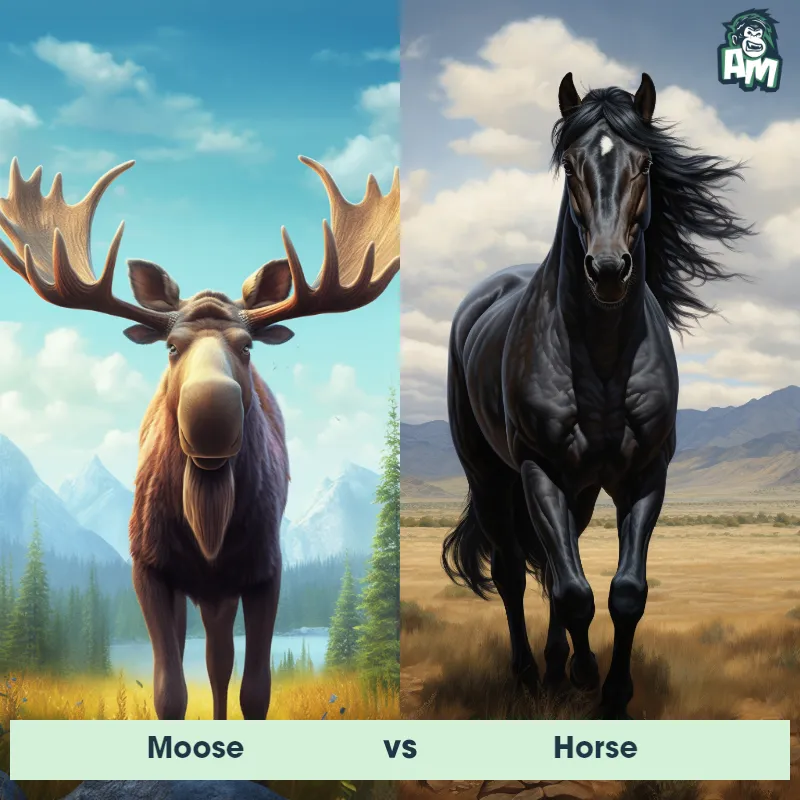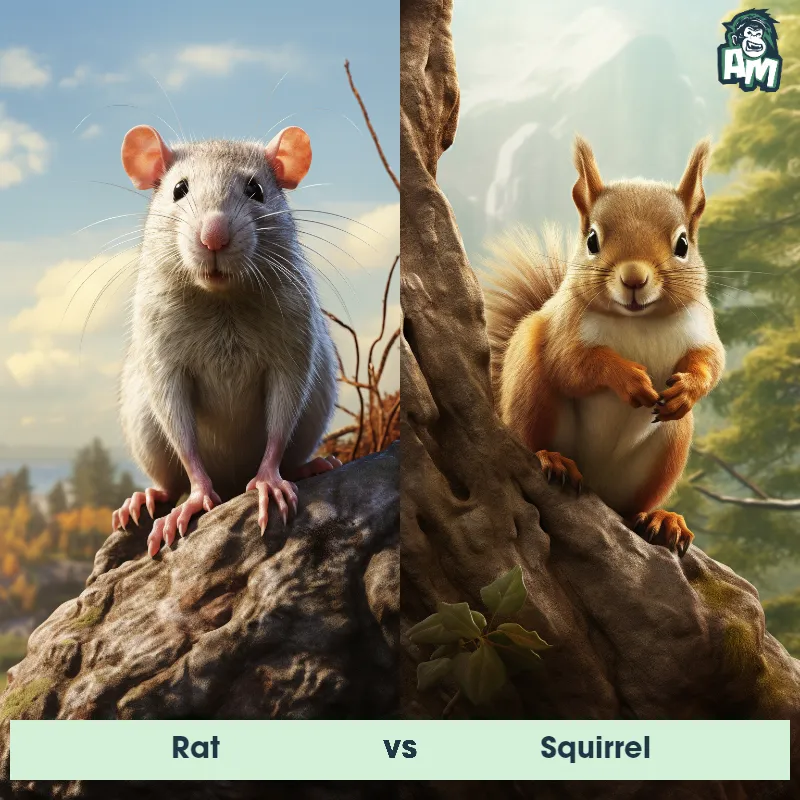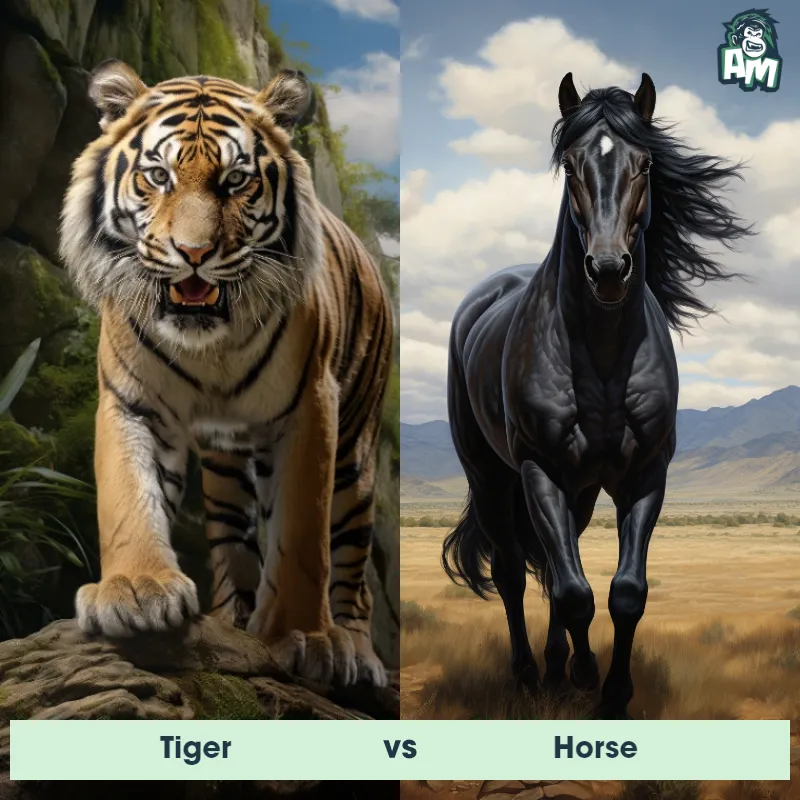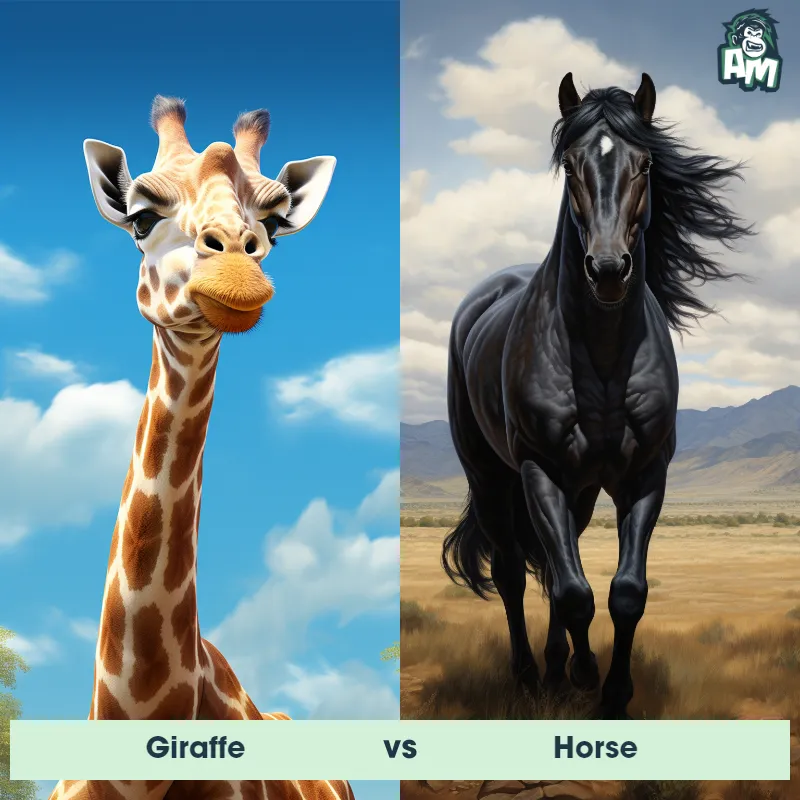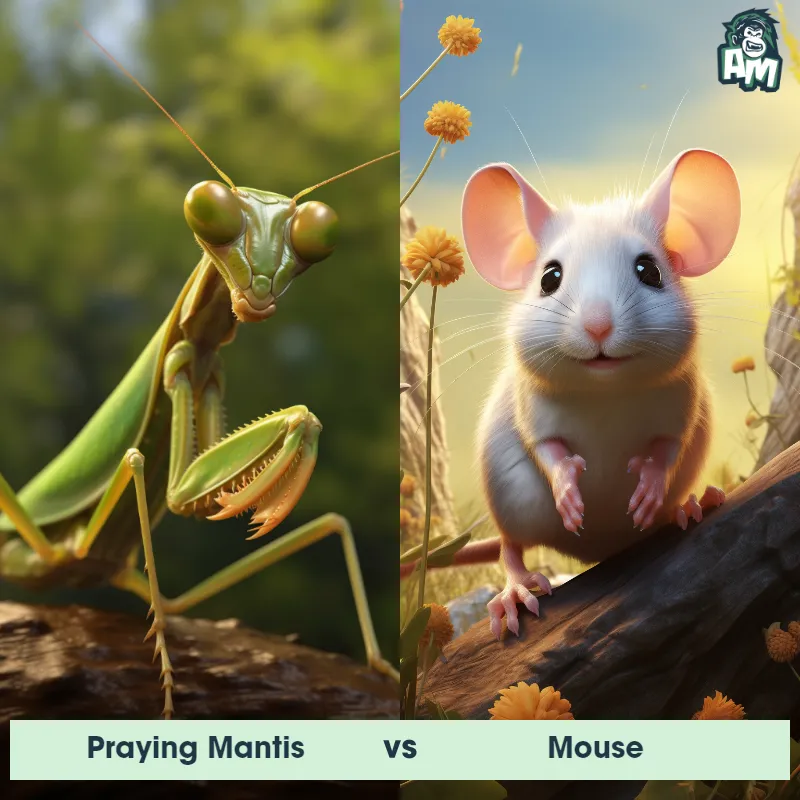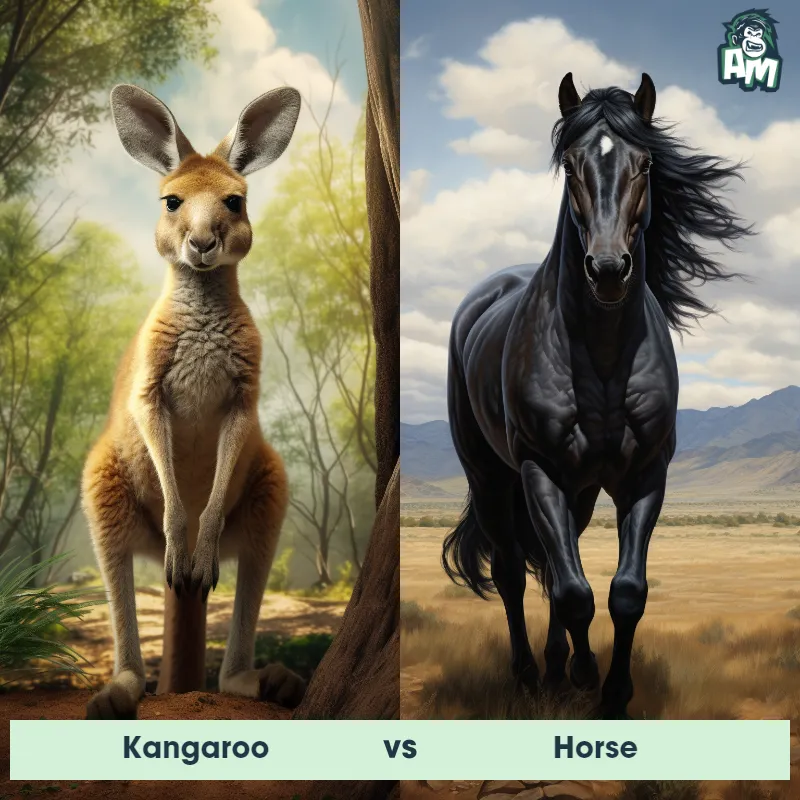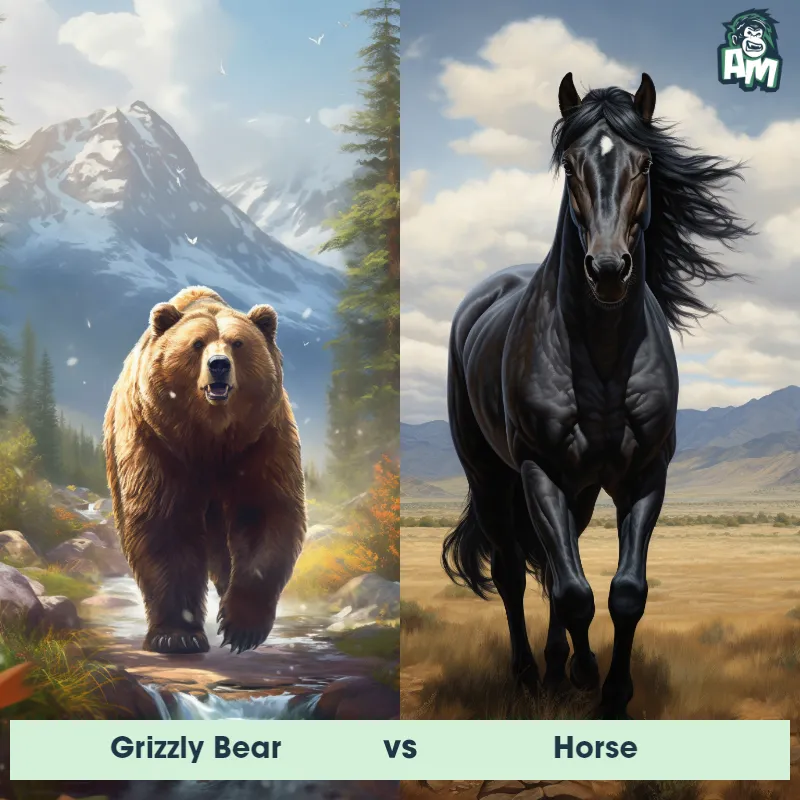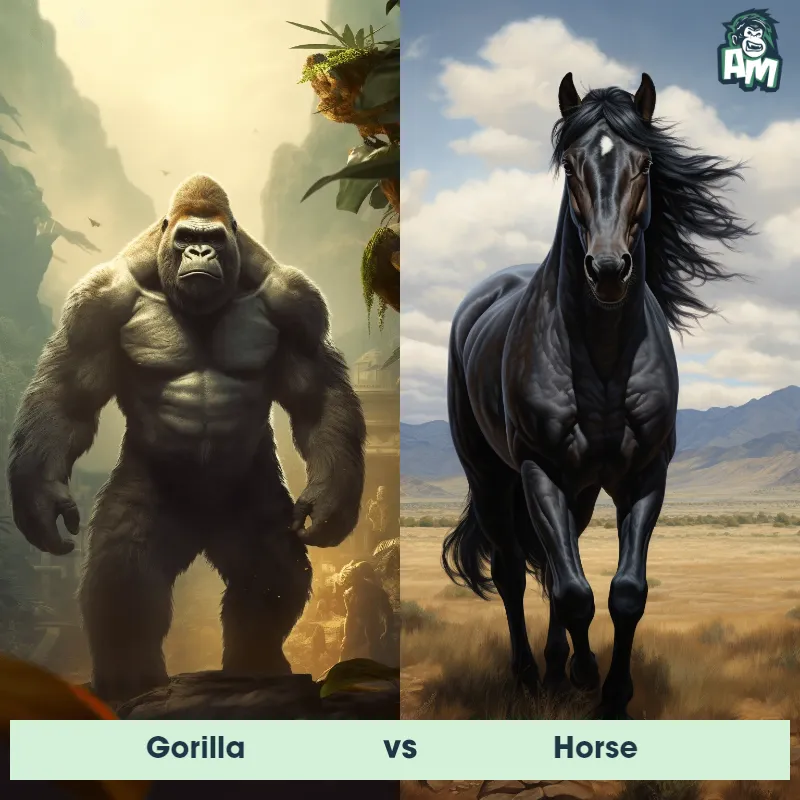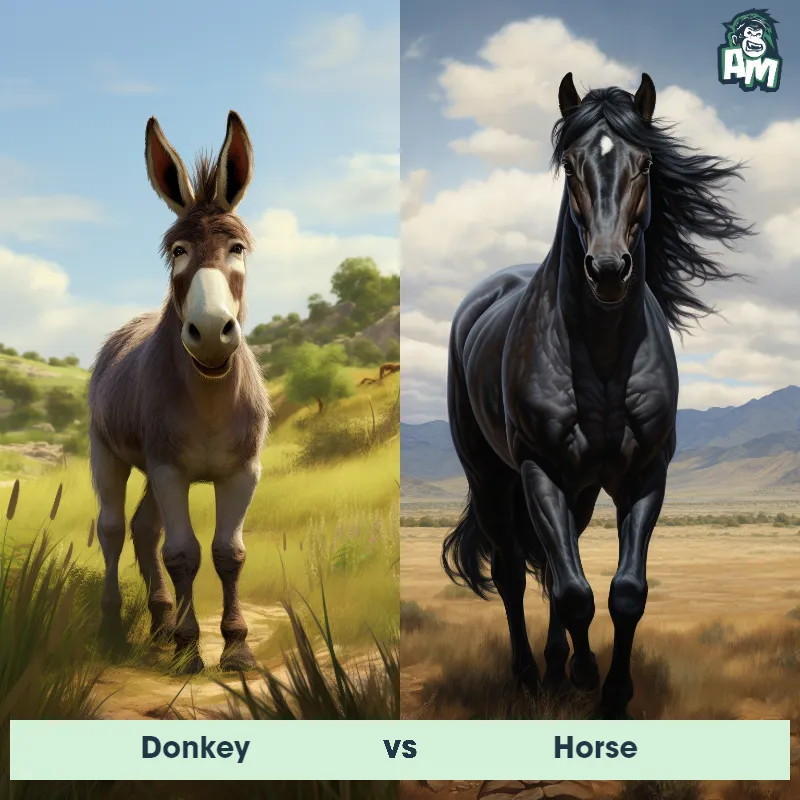Rat vs HorseSee Who Wins

Ladies and gentlemen, welcome to this one-of-a-kind contest! Years of anticipation have led to this moment. An unusual bout, but still an exciting animal challenge. We have two improbable contenders - a swift and cunning Rat on one corner, and the massive, powerful Horse on the other. The stage is set for a thrilling clash of agility versus strength!
Contender 1: Rat
The Rat is a medium-sized, long-tailed rodent, renowned for its adaptability to various environments. Common species include the larger brown rat (also known as the Norway rat) and the smaller black rat. Rats typically range from 9 to 11 inches in body length, with a tail length that's about the same. They have robust bodies, pointed snouts, and small, hairless ears. Rats are omnivores, with a diet that can include grains, fruits, vegetables, meat, and eggs, and they have a strong instinct to gnaw, which keeps their constantly growing teeth in check.
Fun Fact: Rats have excellent memories, and once they learn a navigational route, they won't forget it.
Contender 2: Horse
The Horse is a large domesticated ungulate notable for its speed, strength, and endurance. With muscular bodies, long legs, and a well-defined neck, horses exhibit a wide variety of coat colors and distinctive markings. They possess a unique digestive system that allows them to survive on a diet mainly of grass. Known for their keen senses and high level of sociability, horses have been used for various purposes, including transportation, work, sport, and companionship, throughout human history.
![[object Object] Gif](https://tenor.com/view/horse-fight-viralhog-animal-brawl-animal-scuffle-gif-14740911035351561444.gif)
Fun Fact: Interestingly, horses use their ears, eyes, and nostrils to express their mood, making them one of the most expressive animals.
Matchup Stats
| Rat | Horse | |
|---|---|---|
| Size | 9 to 11 inches (22.86 to 27.94 cm) | 4.5 - 6 feet at the shoulder (1.4 - 1.8 meters) |
| Weight | 0.77 to 1.1 lbs (350 to 500 grams) | 900 - 2200 pounds (410 - 1000 kilograms) |
| Speed | 7mph (11km/h) | 55mph (88km/h) |
| Key Strength | Strong instinct to gnaw | Speed and powerful kicks |
| Biggest Weakness | Small size and lack of defensive mechanisms | Lack of natural weapons (like claws or sharp teeth) |
Current Votes
Rat vs Horse
See Who Wins
View More Matches
Looking For More?
Similar Matches
Scientific Stats
| Rat | Horse | |
|---|---|---|
| Scientific Name | Rattus | Equus ferus caballus |
| Family | Muridae | Equidae |
| Habitat | Various environments, including urban areas, forests, and fields | Grasslands, Deserts, and Forests |
| Geography | Worldwide, except for Arctic and Antarctic regions | Worldwide |
| Diet | Omnivorous (grains, fruits, vegetables, meat, eggs) | Herbivore (Primarily grass, hay, and grains) |
| Lifespan | 1 year - 4 years | 25 years - 30 years |
Key Differences between Rat and Horse
- Tail Length: Horses have a relatively short tail, usually reaching down to their hocks, whereas Rats have a long, thin, and hairless tail that can be as long as their body.
- Fur Texture: Horses have a short, coarse, and thick coat of fur, while Rats have a softer, dense, and often glossy fur.
- Size: The Horse is significantly larger than the Rat, with an average height of around 5 to 6 feet at the shoulder, while rats typically measure around 6 to 10 inches in length.
- Ear Shape: Horses have large, erect ears that can swivel to detect sounds, while Rats have smaller, rounded ears that are more proportionate to their body size.
- Body Shape: Horses have a robust and muscular body with a long neck, whereas Rats have a slender and elongated body with a shorter neck.
- Limbs: Horses possess four long and sturdy legs with hooves, while Rats have shorter legs with sharp claws, adapted for climbing and digging.



